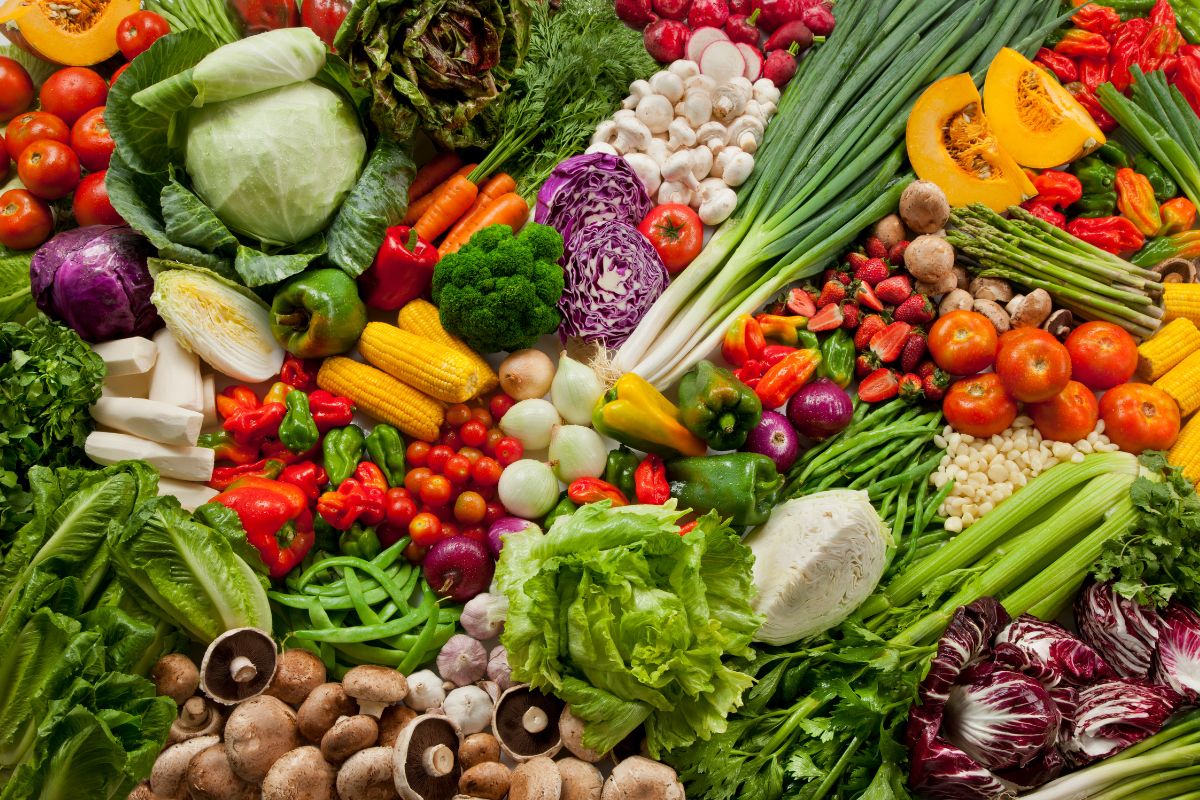
The much-awaited monsoon season brings its share of health concerns, particularly related to food safety. During this period, the risk of waterborne diseases and food contamination increases due to the high humidity levels and stagnant water. One aspect of monsoon food safety is being cautious about the vegetables we consume.
Certain vegetables are more susceptible to spoilage and contamination during the rainy season, making it crucial to be mindful of our choices. Here’s a guide to help you understand which vegetables to avoid during this season:
Leafy Greens
Leafy vegetables like spinach, lettuce, and cabbage are prone to accumulating dirt, mud, and harmful bacteria during the monsoon. The excess moisture in the atmosphere can also lead to rapid bacterial growth on these vegetables. It is best to avoid them during this season or opt for thoroughly washed and properly cooked greens.
Brinjal (Eggplant)
Brinjal has a high water content, and its spongy texture makes it susceptible to absorbing contaminants from the surroundings.
Peas
Peas are commonly found in frozen form during monsoons, and their storage and transportation can be a concern. Frozen peas may not always be handled properly, leading to potential contamination.
Tomatoes
Tomatoes are another vegetable that should be consumed with caution during monsoons. The excess moisture can lead to fungal growth on their skin.
Radish
Radishes are known for their crunchy texture and peppery flavour, but they are also among the vegetables that can be contaminated easily during monsoons. Their long storage time and exposure to water can make them susceptible to bacterial growth. To enjoy radishes safely, clean them thoroughly and peel off the outer layer before consumption.
Cucumbers
Cucumbers are a popular summer vegetable, but during monsoons, they become more prone to contamination due to the damp weather. Their smooth surface can harbor bacteria, so it is essential to wash them thoroughly or peel off the skin before eating.
Also Read: NASA Ventures Into On-Demand Streaming With “NASA+” Platform
To read more such news, download Bharat Express news apps




















